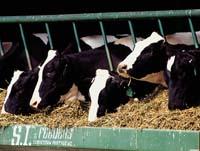Large nurseries in cities, serious environmental problems
2006/04/01 Galarraga Aiestaran, Ana - Elhuyar Zientzia Iturria: Elhuyar aldizkaria
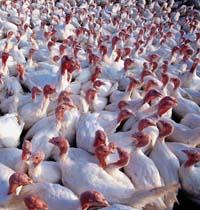
The industrialization of livestock has been accompanied by an increase in the environmental problems of livestock farms. A few decades ago, baserritarras put straw or claws under cattle, which absorbed urine and feces. Then the parts were removed, manure was formed and the land was fertilized.
Now, however, in seedbeds much more purine is generated than the surrounding lands can occupy.
For example, in the Netherlands is the record of intensive livestock farming, where livestock farms generate 15 million times more manure and excrement than the land can bear without damage. Of course, to avoid total environmental destruction, manufacturers must comply with strict measures and use different systems to solve their environmental problems.
However, in developing countries, in many cases there is no regulation in this regard, and waste is discharged untreated to the area or collected in wells. The shortage of intensive nurseries makes the problem not so serious, but in recent years they have multiplied spectacularly, especially in the environment of cities, and now the environmental impacts that produce are very noticeable.
According to FAO data, from 1980 to 2004 meat production doubled worldwide, but it did not increase in all developing countries, tripling. However, meat consumption is between 3 and 4 times higher than in industrialized countries.
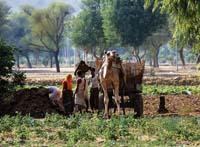
In any case, as important as growth has been, is to see how and where it has grown. In fact, in developing countries, pasture livestock production has been ruled out and pig and bird farms have multiplied. In addition, these nurseries have been installed in the cities themselves or in the urban environment, avoiding distant displacements when buying feed and selling meat or eggs.
Abuse to the detriment
In traditional production, the baserritarra knows perfectly how much waste is generated, its impact on the soil and how to use it to fertilize the field or the meadow. The whole cycle is filled in its grounds and there are no remains.
Instead, in large nurseries, animals feed on feed, so they consume large amounts of food. Conclusion: they generate much more waste than they can ingest the surrounding lands. They normally accumulate waste in the nursery itself, away from agricultural land. Therefore, it is not easy to treat waste or use it to make manure and fertilize the land.
Accumulated waste, however, is very dangerous to the environment and causes damage in different ways. For example, eutrophication is common in surface waters, meaning that water is excessively rich in nutrients. So algae and aquatic plants multiply disproportionately and consume oxygen in the water. This causes the death of fish and other aquatic species. A spectacular example is found on the southern coast of China and Hong Kongo: In 1998 80% of the fish died in an area of 100 km 2.
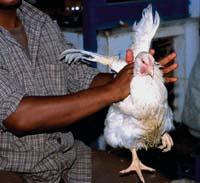
Waste comes not only to surface water, but also to groundwater, at risk of contamination of drinking water. For example, in the US, in 1998, 1,600 wells near fish farms were analyzed. One third contained nitrates and in one in ten the nitrate concentration was higher than that allowed in drinking water.
The soil is also affected by excess nutrients that lose fertility. This problem is certainly serious in many places; as explained in the FAO report, in some Asian countries, a quarter of agricultural land contains too much phosphorus.
On the other hand, some of the pathogenic microorganisms present in the residues are easily spread by the surrounding soil and water, causing diseases in humans and other living beings. In addition, waste from nurseries releases gases (methane, ammonia...). Without forgetting the harmful health effects, it should be noted that they influence the greenhouse effect. Nitrous oxide is one of the gases that contributes most to the greenhouse effect, 296 times more than carbon dioxide, and it is precisely manure that is responsible for 7% of the nitrous oxide generated in the world.
Some ecosystems are especially vulnerable. Wetlands, mangroves, coral reefs… are treasures from the point of view of diversity, where some of the endangered species inhabit. For example, almost all known coral species and 45 of the 51 species classified in the mangrove genus are found on the South China sea coast. However, waste generated in seedbeds is endangering these ecosystems.
Taxes and prizes
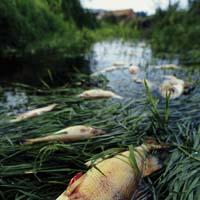
FAO considers it essential to take measures to protect the environment. To achieve this, there are efficient policies and technologies. Land zoning and taxation based on distance to the city, for example, drives the location of nurseries near agricultural land. This facilitates the reuse of waste.
Like taxes, grants and prizes serve to encourage good practices. Adequate infrastructure, facilities for the installation of biogas production plants, investment possibilities in pollution control technology… all this contributes to reduce the environmental impact of crops.
It is undeniable: nothing is devalued and money is needed to take these measures. In fact, costs resulting from the application of environmental regulations account for between 4 and 7% of production costs. However, depending on the measures taken, the cost varies. Therefore, it is worth analyzing in depth the local problem and trying to find the right solution in each case. There is no general solution, but if appropriate action is taken, much can be done. For the benefit of the environment.
